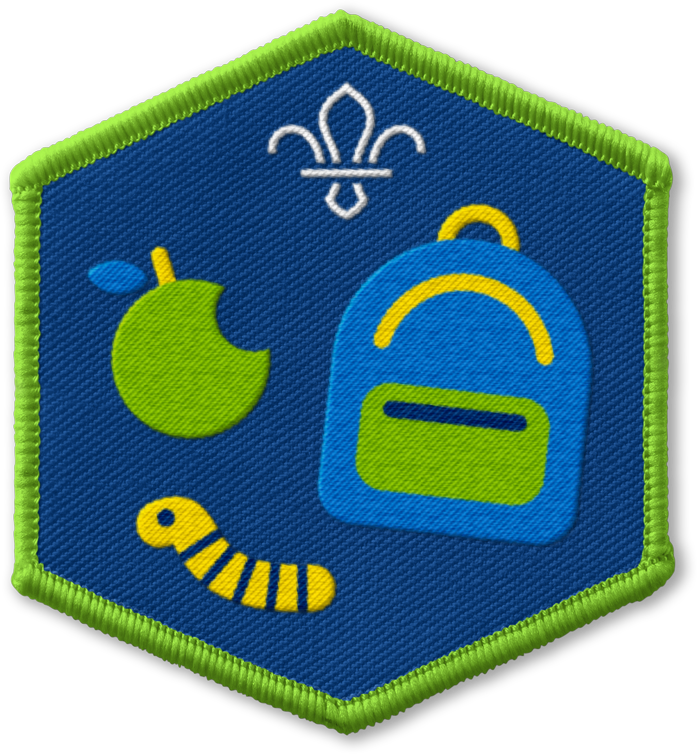Aerial runway
What to expect
Aerial runways are built to travel from one place to another, often over an obstacle such as a ravine or rough ground. They’re rope slides, so they usually go from higher to lower ground. The rider sits on a seat that’s attached to the main rope with a pulley.
What you’ll learn
There’s something for everyone with an aerial runway. Younger sections can face their fears as they give travelling on one a go, while older sections can learn how to build them using knots and other pioneering skills. Whatever you try, working with friends makes this fun for everyone.
Fun facts
Scouts have been building aerial runways as pioneering projects for decades. John Thurman, Gilwell Park’s Camp Chief from 1943 to 1969, wrote about aerial runways in many of his pioneering project books. You may be able to spot aerial runways at local and national events.
Handy hints
- Something to practise. Knowing some knots before you begin will help your aerial runway building go smoothly. Have a go at Knot an average pioneer to get your skills up to scratch, then try to build a mini version as a group so everyone knows what they’re aiming for. Do you need to learn any new knots or lashings before you get stuck in?
- Grab some extra hair bobbles. People with long hair will need to tie it back. Take a few extra hair ties, just in case anyone forgets.
- Make sure your camera has a strap. Aerial runways can give you great photo opportunities, but you need to keep your camera safe. A camera strap’s the best way to do this.
Safety
You must always:
- Complete a risk assessment
- Have the right ratios of number of adults to provide suitable supervision
- Set up an InTouch process
- Know what to do in an emergency
- Share information with parents and carers with an activity information form
- Get approval from your Lead Volunteer.
Be safe outdoors:
- Check the weather forecast
Aerial runway:
- Always follow the aerial runway code
This activity can be led by you or someone else in Scouts
Guidance
Reflection
Aerial runways give everyone the chance to face their fears and be courageous. Was anyone nervous about anything before they began? Some people may have worried about riding the aerial runway, others may have been anxious about building a successful project. How did people support each other to follow through without backing down? Perhaps some people encouraged their friends and others set a positive example. What helps people to be courageous as they face challenges?
Being a team player is crucial when building structures like aerial runways. How did people make sure they stayed safe as they built a strong structure? People may think about how their communication changed throughout the process and how they worked together. Did anyone work together to tie knots? How did people check their work? Could people have lifted the poles on their own? When else did they need the help of their team?
- Aerial runways can often be adapted so more people can give it a go. Anyone who can’t get stuck in to the heavy lifting could work on tying knots that they can reach or ‘project manage’ and supervise to make sure the group works together and stays on track.
- Get in touch with whoever’s running the activity to chat through the needs of people in your group – make sure you give them plenty of notice.
All Scout activities should be inclusive and accessible.





